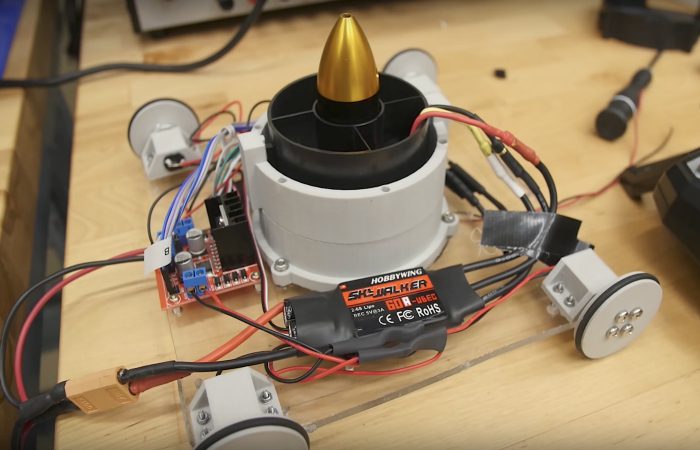For decades, the United States has faced the world’s largest and costliest environmental cleanup project: restoration following the nation’s Cold War legacy resulting from nuclear weapons production and government-sponsored nuclear energy research. And FIU is here to help.
Researchers at the Applied Research Center (ARC) are developing four robots for the U.S. Department of Energy’s Office of Environmental Management (DOE-EM) to help with remediation of radioactively contaminated sites across the nation, where aging nuclear storage infrastructure risks further damaging surrounding ecosystems.
The cleanup, which began in the late 1980s, is projected to take another 50 years and could cost the United States government upwards of $200 billion by the time it’s complete. Providing for the safety of workers during environmental cleanup is a major challenge and one of the reasons it has taken so long.
The solution: robots designed to navigate through disposal tanks and waste sites that allow humans to work remotely, protecting them from radiation. ARC researchers are developing robots that can crawl into small pipes and scale tank walls to transmit video to scientists and engineers surveying sites in search of leaks and other problems that need immediate attention.
Students in the College of Engineering & Computing have the opportunity to participate in the lab’s research, designing platforms for video surveillance that allow them to employ the theories learned in the classroom in real-world situations.
Since 1995, ARC has researched environmental remediation, nuclear waste treatment and disposal, and more under a cooperative agreement with DOE-EM. The agreement, renewable every five years, funds studies conducted by a multidisciplinary team of scientists, engineers, and students. It also supports FIU’s Department of Energy Fellowship, which provides students in STEM fields with professional development, hands-on research opportunities at ARC and summer internships at cleanup sites and DOE labs across the nation.
Watch the video above to see ARC’s robots in action. ♦






